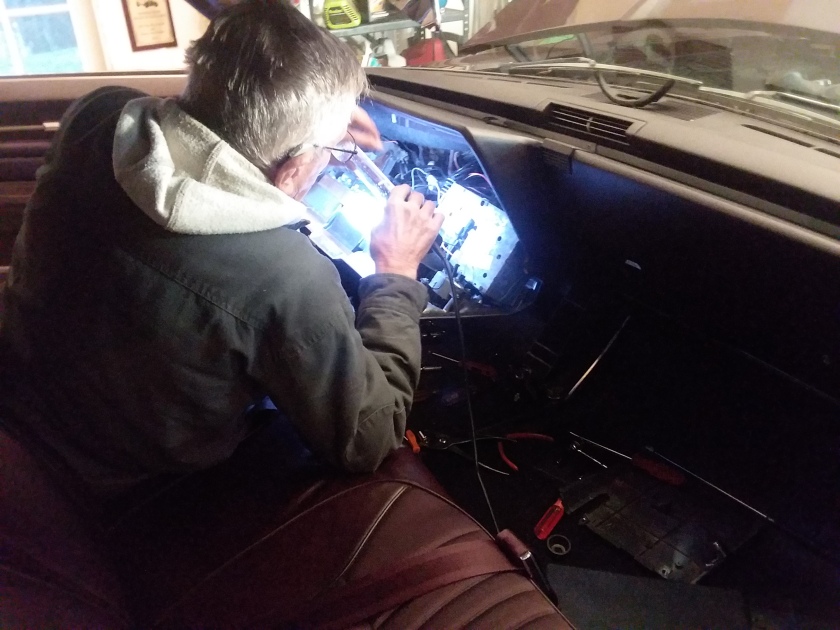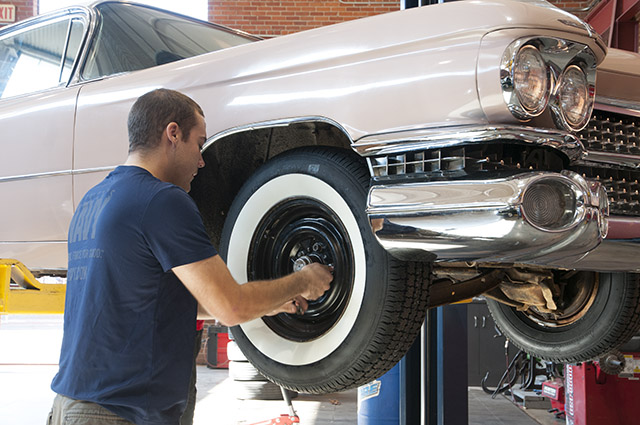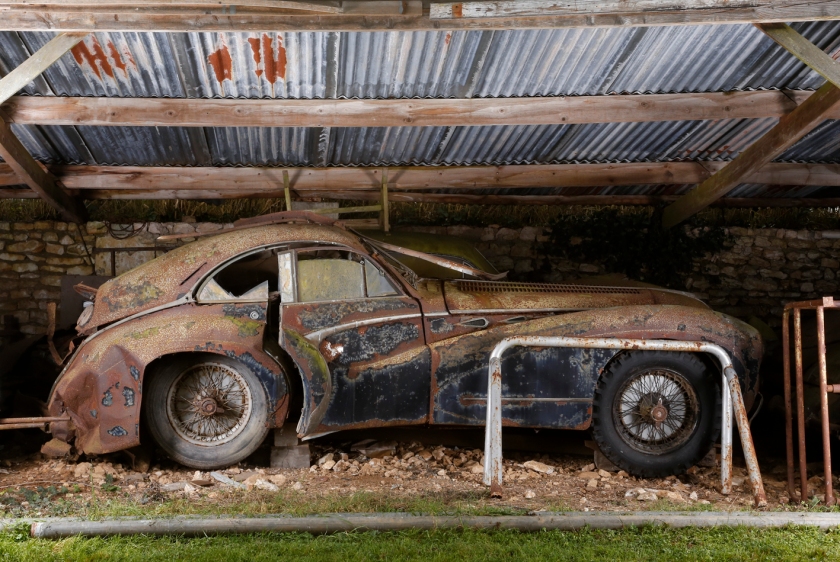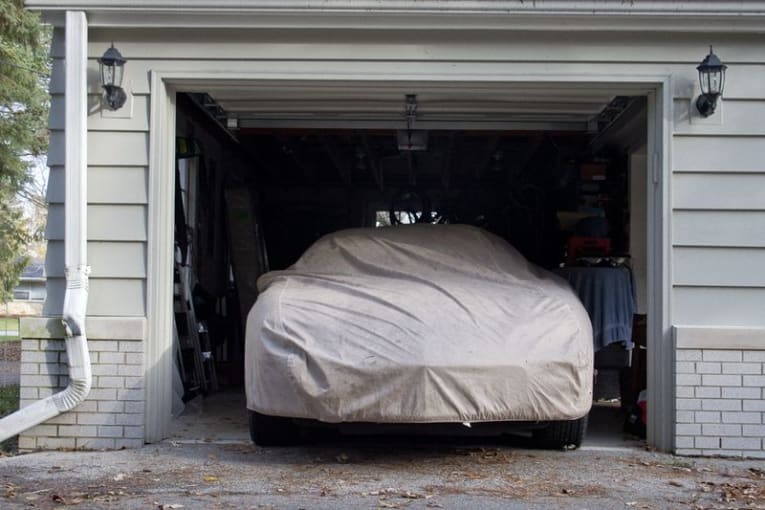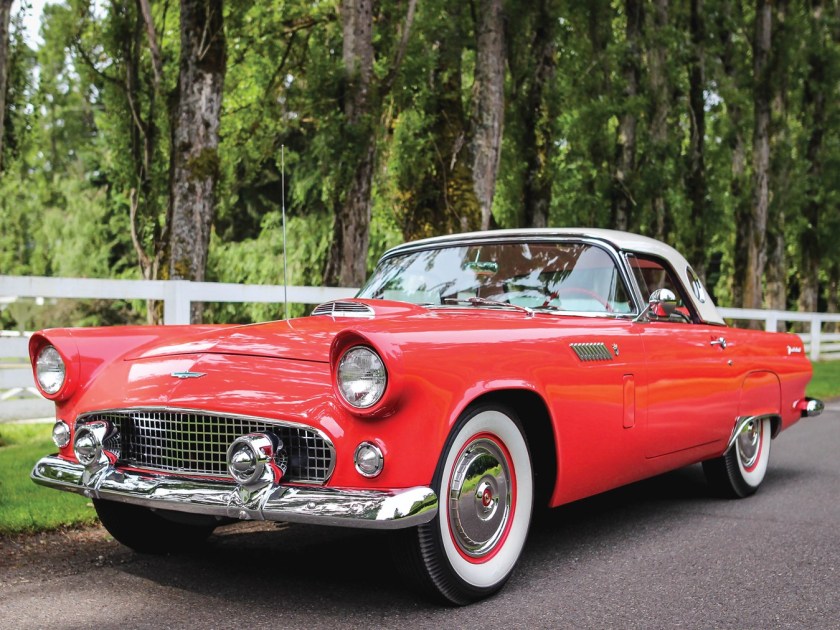
By Mark Misercola
Ford’s recent announcement that it was all but abandoning the traditional car market (aka, “sedans”) to devote more resources to SUVs and trucks, brought two immediate reactions to mind:
- The same company that once proclaimed it “had a better idea” with iconic cars like the Galaxy, the 1949 Ford convertible, the 1956 Thunderbird and 1966 Mustang, is basically admitting it hasn’t had a fresh design idea in 40 years, and is raising the white flag. GM reportedly isn’t far behind.
- The great downsizing and reinvention of the traditional American automobile following the double oil shocks of the 1970s has also failed. How else would you explain that 40 years after Detroit proclaimed the death of the American land yacht, more than two-thirds of all vehicle sales are SUVs, trucks, and cross-overs? And many of those are bigger than the aircraft carriers they replaced.
What makes this all a little surreal is the fact that it’s happening at a time when gas prices and demand are surging. We’ve seen this before. If memory serves correctly and pump prices continue to rise, it won’t be long before the headlines turn from “record SUV and truck sales” to “record inventories of SUVs and trucks.”
Bigger, Better, Faster
How many more times do American automobile manufacturers have to go through the same “Groundhog Day” cycle before they acknowledge and respond to the obvious. We’re superficial. When it comes to buying cars, looks count. Big time. We love powerful, gorgeous cars. Why?
Ask Detroit. For decades, the Motor City fed us a steady diet of “bigger, better, faster,” and it’s still part of the American DNA. The highly chromed, jet aged designs that were inspired by Harley Earl and Bill Mitchell struck a chord that resonates to this day. Maybe not the same way it was in the 1950s and ‘60s, but how many people do you know – regardless of age or gender – that find boring cars appealing? And when was the last time you got all nostalgic when you heard “My Little CR-V” on your favorite oldies station?
I’m not an expert on consumer buying trends but it doesn’t take a genius to figure out how this works. Many of us will buy or rent small, look-alike sedans if we have too, particularly when we’re first starting out. But as soon as we can move up to larger SUVs, four-wheel drive vehicles, or flashy sports cars, we do.
I’m also not a big fan of truck and SUV designs either. But when faced with a choice between a boring, look-alike smaller sedan, and a bigger, higher profile (and slightly less boring) SUV or truck, King Kong wins. If you have family and a lot of gear to tow, the decision is a no-brainer. That’s why the family SUV has become the station wagon of the 21st century.
So let’s start with this radical proposal: It’s time to rethink the aerodynamic shape of car designs. Decades of undistinguishable, vanilla platforms that resemble potatoes, teardrops, wedges and bullets have run their course. Toyota is as much to blame here as American automakers. Toyotas are great cars, but everything about them, including the company’s advertising slogan (“Let’s Go Places”), is about as exciting as watching paint peel.
Second, let’s stop blaming gas prices for unappealing designs. There’s no reason why dynamic looking large sedans can’t get great gas mileage. Some of today’s bigger cross-overs and hybrid SUVs are pushing more than 30 miles per gallon. The availability of gas has a bigger impact on consumer buying preferences than prices. When a gallon of unleaded gas hits $4, driving declines and prices eventually recede. So it would take a repeat of the gas lines and oil embargos of the ‘70s to radically change buying habits.
Oils Not Well
But let’s not kid ourselves about the economic and psychological impact of rising gas prices. Every single economic contraction since the disco era has had an oil connection – even the Great Recession in 2008 – and a reaction. We’re still paying for the first Arab oil embargo in 1973; it gave birth to the first generation of ugly, downsized American cars.
Today, 45 years later, we are still struggling with the thinking of that time and the never-ending boom/bust, glut/shortage cycles of oil and successive generations of boring cars. Take away the Mustang, Camaro and Chrysler’s retro muscle cars, which replicate the original designs of that era, are there really any vehicles coming out of Detroit that take your breath away? It’s crazy, especially when you consider that we have the technology and know-how to permanently put OPEC on ice and end its hold on the way we travel.
Third, let’s stop rewriting history. Do a Google search on “Is America’s Love Affair With Cars Over” and you’ll see no shortage of stories going back decades that conveniently assign an endless number of reasons why we’re not as enamored with our cars anymore. But do they hold water?
Technologically, today’s cars are far superior and more reliable than those that we continue to cherish from the Golden Years of American automobiles. So we should be spending less on repairs.
They cost more to buy? Maybe. The average new car in 1978 cost $6,379, or the equivalent of $25,831.75 in today’s dollars. That’s not going to buy you a top-of-the-line BMW. But you can still find more than few pedestrian looking sedans at that price and they’re safer and more reliable than their predecessors.
What about higher gas prices? If you paid $3 for a gallon of unleaded gas this week, you paid the same on an inflation adjusted basis as you would have for that same gallon in 1978. And unless you’re still driving a Hummer, chances are your vehicle is getting far better gas mileage than the car you were driving when Jimmy Carter was president.
So no more excuses. I believe the real reason why most Americans don’t love their cars the way they used to is because today vehicles are about as forgettable as a can opener. When I get off the train at night and gaze out at the sea of cookie-cutter cars in the parking lot, it’s sad that they all look the same (mine included) and they all rate a big yawn. It shouldn’t be that way. Let’s hope somebody comes up with a better idea now that Ford has raised the white flag.




